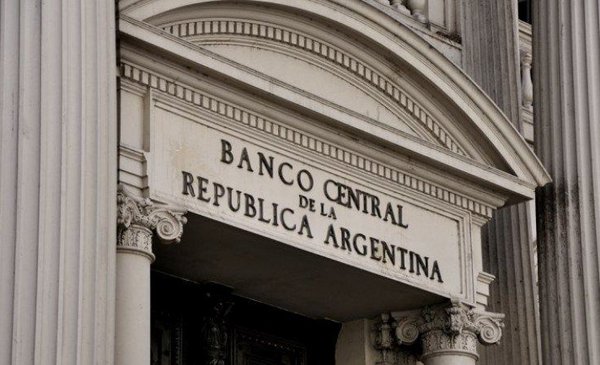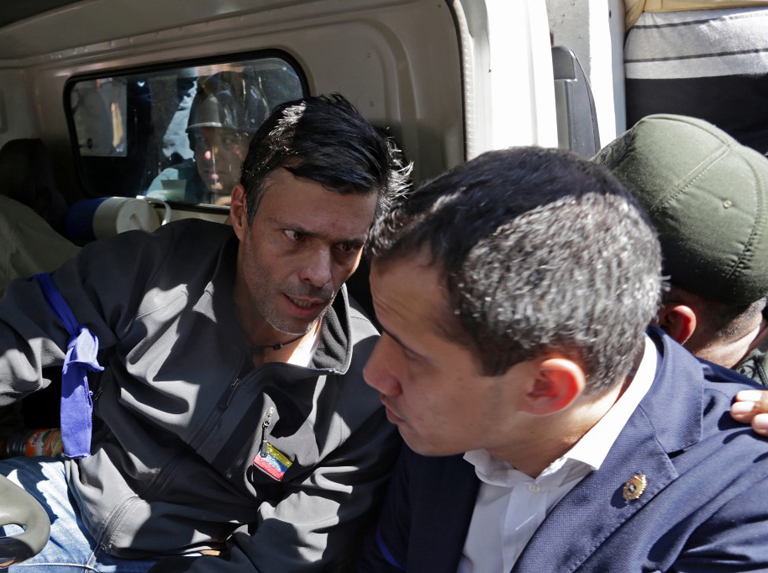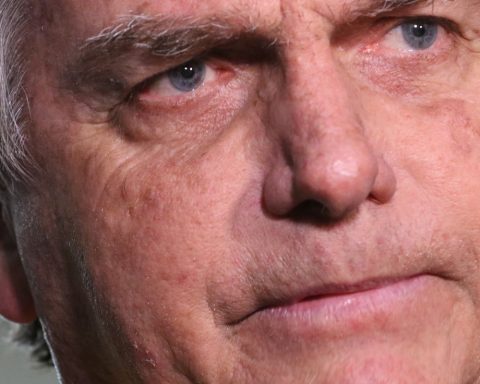In a move intended to curb the effect “short blanket” between strengthening of reserves and overheating of the exchange market, the Central Bank of Argentina introduced a new trap to buy dollars.
On Monday afternoon, he met the “economic agents” who benefited from the special price of $A 200 for the soybean dollar in order to use those pesos to buy foreign currency in the financial markets, putting pressure on blue, cash with liquidation and MEP.
The measure, however, found a limitation almost immediately. Just hours after the new stocks for the soybean dollar pesos were known, the Secretary of Agriculture, Livestock and Fisheries of the Nation, Juan José Bahillo, went out on Twitter to clarify “That the resolution of the Central Bank does not include the producers and the producers that with so much effort have been accompanying the Export Increase Program.”
And immediately a new Central Bank circular was made known in which the same entity specified that the provisions adopted a few hours before “they are not applicable to human beings”, with which the prohibition is established only for companies.
I want to clarify that the resolution of the @BancoCentral_AR It does not include the producers who have been supporting the Export Increase Program with so much effort.
– Juan José Bahillo (@JuanjoBahillo) September 20, 2022
The end of the roll
The Board of Directors of the Central Bank, through communication A 7609prohibited the purchase of dollars in the MULC and in stock market operations to “economic agents that have sold soybeans within the framework of the Export Increase Program.”
The measure seeks to temper the increase in dollar prices in financial markets. “Last week a lot of agricultural companies were seen buying MEP,” they said in the market.
Exporter rejection
Grain exporters came out to cross the measure. “The recent measure of the BCRA directed at collector cooperatives and producers who sold soybeans to exporters it is restrictive and limiting the foreign exchange market, in addition to being detrimental to the entire soybean chain”they said in CIARA.
A little later, the government’s “clarifications” were made known that the ban does not apply to individuals.
Behind these fluctuations, which began last week, the Government observed maneuvers by the producers and for this reason it prevented the beneficiaries of the soybean dollar “from accessing the foreign exchange market for purchases of foreign currency nor carrying out operations with titles and securities with settlement in foreign currency,” according to the BCRA statement.
The Government ordered the special quotation of $A 200 during September for soybean producers against the commitment to enter some US$ 5,000 million of exports to strengthen reserves.
In effect, the Central Bank accumulates market purchases in excess of US$ 2,350 million in the month. And the agricultural complex -exporters, collectors and industry- entered some US$ 3,870 million in the foreign exchange market.
These operations left pesos in their pockets, which in many cases were used to buy foreign currency, despite the fiscal effort that the Government makes by recognizing that exchange rate and issuing currency to buy that currency.
farm subsidies
To the extent that, parallel to the strengthening of reserves, the foreign exchange market overheats again, now the Government decided to apply the same logic of access to dollars that surrounds the beneficiaries of State subsidies, those who receive an IFE or those who were direct or indirect beneficiaries of State aid during the pandemic.
Specifically, now the companies that accessed the Export Increase Program -alias dollar-soybeans- will not be able to buy the US$ 200 of solidarity, nor make MEP, counted on liquidation nor acquire Cedear.
On the other hand, it transpired that the producers will continue with the possibility of leaving the product of their sales in pesos in the sight accounts remunerated in the official dollar, the link dollar accounts or the so-called “chacareras”.
Source: The Chronicler
















